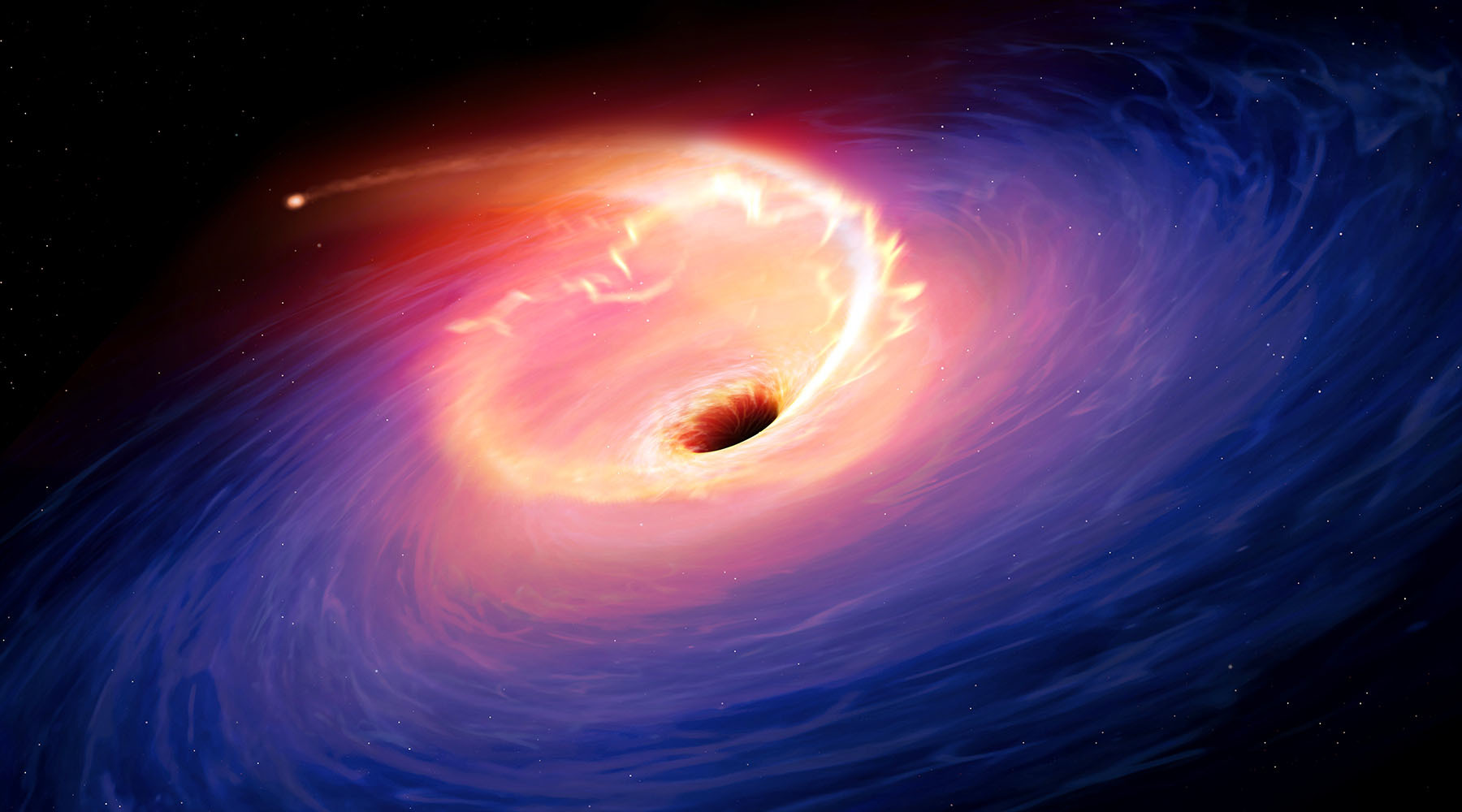Russian astrophysicists from P.K. Sternberg Moscow State University found that the mass of the black hole, known from the first photograph of this space object, turned out to be more than 100 times less than previously declared. An article about this was published in the journal Astronomy and Astrophysics.
In April 2019, the first ever image of a supermassive black hole in the center of the galaxy M87 was obtained during the Event Horizon Telescope (EHT) project. Specialists from the EHT collaboration determined the mass of this black hole - 6.5 billion solar masses.
Russian researchers have double-checked this data. Using the method of scaling (scaling) of spectral characteristics, they found that the mass of the black hole in M87 is two orders of magnitude lower than that declared by their colleagues from EHT.
“Our scaling method is based on the fact that all processes that occur in black holes are the same, regardless of mass. Conditionally, you toss firewood into a fire and think that it will be brighter. With a black hole, it’s not so: you throw more firewood, but the fire doesn’t burn, ”said Elena Seifina, researcher at the Department of Star Astrophysics at Moscow State University in an interview with RT.
- The mass of the black hole in the center of the galaxy M87 turned out to be 100 times less than the declared
- © MARK GARLICK / SCIENCE PHOTO LIBRARY
Russian scientists used the scaling technique, which is based on the physical properties of accretion (mass increment) of the substance of different black holes. To test the reliability of the method, another black hole of the same enormous mass, known from previous studies, was included in the list of tested objects.
“According to the results of the analysis, the black hole in M87 turned out to be much smaller than what the EHT scientists determined, and amounted to only 50 million solar masses,” added Elena Seifina.
Scientists at Moscow State University consider the difference in estimates of the size of the space object under study to be a big mystery, the answer to which has not yet been found.
“Perhaps future observations will shed light on the secret of the M87,” said Seyfina.
According to her, the verification of the method of determining the mass of black holes was carried out at Moscow State University on many space objects, and the assessment of colleagues from EHT was somewhat premature. According to the expert, future observations of a black hole in the M87 galaxy will explain the reason for the significant discrepancy in estimates of its mass.

